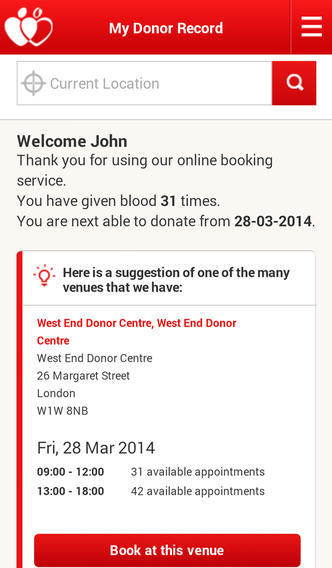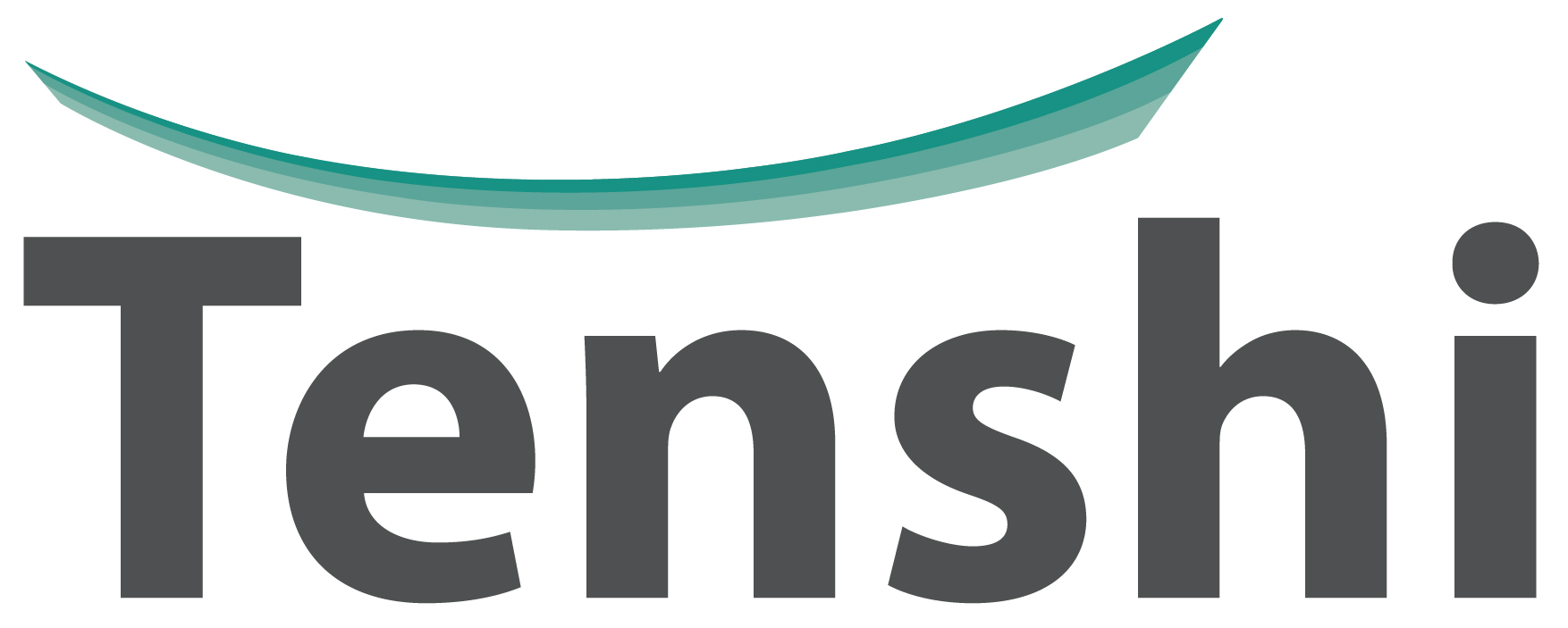
Giving blood is without doubt a noble thing to do. It’s very useful too, with each blood donation apparently capable of saving three lives.
But it is also something of a pain to do, both literally and metaphorically: you have to find a blood donation centre, make an appointment and have your blood donation history to hand, before you can relax with the obligatory donation tea and biscuits.
Technology, however, can make this process a great deal easier for donors and there are already a number of blood donation apps for donors to use.
One the most basic level, these apps do all of the above: help users find blood donation centres, book, change and cancel appointments, and store the personal information needed for giving blood.
An example of this is Donantes de Sangre de Euskadi, an iOS and Android app for blood donors in the Basque Country, which has been downloaded more than 5,000 times on Android in a year, according to Álvaro Larrea, president of the Association of Blood Donors of Biscay. He tells Mobile Health Global that the idea of the app was to reach out to younger people, to “win their loyalty”.
Different apps then add individual functions to this basic – if very welcome – premise. In the UK, the NHS Give Blood app allows users to post to social media when they have given blood.
The Blood Donor app from the American Red Cross, meanwhile, encourages users to “snap a selfie during your blood donation and share it through social media”, as well as offering rewards from participating retailers for giving blood.
OK, there’s probably no real need for any more selfies in this world. But blood donors deserve the warm feeling of public acclaim for having done good and their social media posts may spur other potential donors into action.
A similarly logic of recompense drives another feature of many donation apps, which will tell you exactly how your blood is being used.
The Blood Donor app, for example, allows users to “track your blood donation from donation through delivery”, while a forthcoming app from the Catalan Blood and Tissue Bank, previewed at Mobile World Congress this year, “lets users know when their blood has been used to save a life”, according to the organisation’s CIO Albert Herrero.
Herrero told Mobile Health Global that one of the keys to the new app, which is expected to launch at the end of September, is to “make communication more personalised”. Users can fill in personal details in the app such as if they have recently had a piercing, which means they have to wait before giving blood. Crucially, app users will also be asked for blood when their blood type is needed locally.
In India – a country that has a blood deficit of 30% to 35% every year – a new service takes this idea of personalisation even further: Bloodline, an Android app and website launched in 2013, matches people who give blood with those who need it, using algorithms to match potential donors based on location and blood group.
“Bloodline is an innovative mobile application that enables you to connect instantly to an ever growing network of blood donors. By using location based services and social networking, we connect real time, and to the right people,” the app’s description reads.
“At the critical hour, what if your mobile could give you a list of people who are already ready to donate? Instead of providing a list of regular-donors, who may or may not be ready to help you, Bloodline will give you a list of those donors, who are ready to help you out at that very moment!”
“The problem is not insufficient number of donors but finding a willing donor at the right time,” Ashwin Krishnamoorthy, one of the service’s founders, told The Times of India. “We want to build a network of people who can help each other during an emergency.”
What connects these apps – and the reason I suspect they will prove successful – is they use technology to personalise a medical experience that can otherwise seem slightly abstract.
You know when you give blood that it will help someone out, somewhere. But knowing that your specific blood type is needed in your local area, now, is a far stronger call to action than the general message that more blood donors are needed.
Being able to then discover exactly how your blood donation has been used is also a far stronger incentive to donate again than understanding on a vague level that your donation has been useful.
In a way, this shift is reminiscent of the rise of fitness trackers. We have always known that exercise is good for us and that, say, walking a couple of miles will burn some calories. But fitness tracking technology has taken this abstract knowledge into the realm of the specific, tracking exactly how far you have walked / cycled / run and how many calories you have burned.
The most sophisticated blood donation apps take a similar route from abstraction to reality. The difference being that rather than saving your waistline, they could save lives.
As the Bloodline founders put it: “If smart phones and internet can help us share photographs and videos instantly with our friends, why not use that connectivity for saving lives? Can we create a social group of people who can help each other during an emergency?”
It’s hard to argue with that logic.
@RedCross
